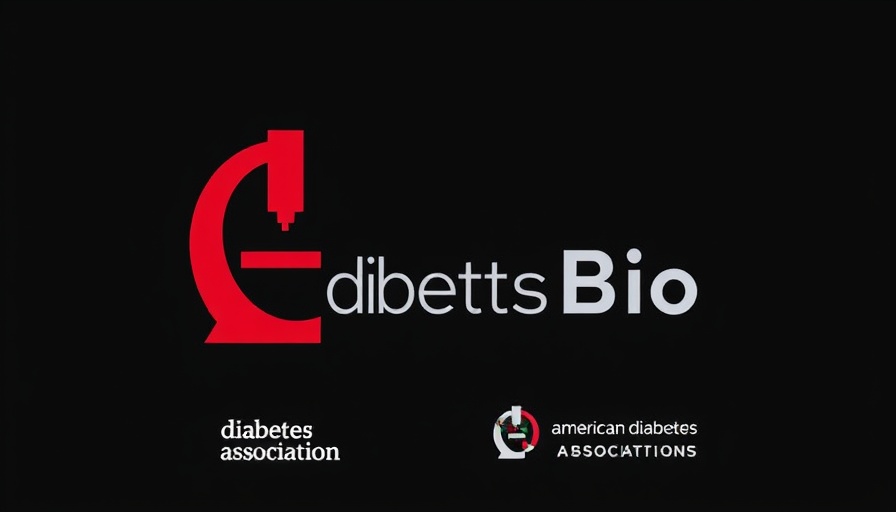
Understanding the Recent DTAB Decision Against Irrational FDCs
The Drug Technical Advisory Board (DTAB) has recently made a significant decision to prohibit 16 fixed-dose combinations (FDCs) deemed irrational. This marks a crucial step in ensuring patient safety and draws attention to the role of regulatory bodies in curbing inappropriate medication practices.
What are Fixed-Dose Combinations?
Fixed-dose combinations refer to the practice of combining two or more medications into a single dosage form. They are often created to enhance treatment adherence and simplify medication schedules for patients. However, the irrational use of certain FDCs can lead to harmful side effects, ineffective treatment, or unexpected drug interactions.
The Criteria for Irrational FDCs
Determining which FDCs to classify as irrational is based on specific clinical criteria. During recent assessments, the DTAB has identified combinations that either lack sufficient therapeutic benefit or pose significant risks to patients. This initiative highlights the importance of evidence-based medicine and the need for ongoing evaluations of approved drug combinations.
The Consequences of Prohibiting Irrational FDCs
The immediate consequence of this decision is the withdrawal of these 16 FDCs from the market. This move is expected to lead to improved patient outcomes as safer alternatives become more readily available. Furthermore, it emphasizes the role of regulatory bodies like the DTAB in protecting public health and ensures that only scientifically backed treatments are accessible.
Market Reactions and Industry Response
Following the DTAB's decision, there has been a mixed response from pharmaceutical companies. While some manufacturers express concern about the financial implications of losing their FDCs, others recognize the necessity for stricter regulations that prioritize patient safety over profit. The industry is now tasked with innovating and developing alternative treatment options that align with safety standards and efficacy.
Future Implications for Drug Approval Processes
This prohibition serves as a wake-up call for the pharmaceutical industry, highlighting the need for robust scientific research in drug development. As the DTAB continues to evaluate existing drugs, there will be greater pressure on companies to provide comprehensive data demonstrating the safety and effectiveness of FDCs before they can obtain approval. This trend could lead to more stringent drug approval processes in the future.
The Role of Public Awareness and Education
Raising awareness about the risks associated with irrational FDCs is also paramount. Healthcare professionals and patients must be educated on the importance of questioning combinations and understanding the rationale behind prescribed treatments. Increased transparency in drug development and marketing practices can empower consumers, granting them the knowledge necessary to advocate for their health.
Conclusion
The DTAB’s decision to prohibit 16 irrational FDCs represents a pivotal moment in public health policy. As the regulatory framework becomes more stringent, both the pharmaceutical industry and healthcare providers must adapt to ensure that patient safety remains the top priority in medication practices.
As the discourse continues regarding drug safety and regulation, it's essential that stakeholders engage actively in efforts to promote safer healthcare solutions. Finding a balance between innovation and safety is vital for fostering trust within the healthcare ecosystem.
 Add Row
Add Row  Add
Add 




Write A Comment